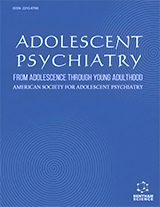Abstract
Cancer is one of the major causes of death worldwide. Most of the conventional anticancer chemotherapeutics have limited efficacy and toxic side effects. During the last decades, nanomedicine has sparked a rapidly growing interest in cancer therapy due to numerous advantages including efficient encapsulation of hydrophilic and hydrophobic drugs, enhanced cargo accumulation at the target site, reduced offtarget drug distribution, ease of administration, and minimized side effects. However, application of drug-loaded nanocarriers is restricted by slow and inefficient drug release at the pathological site. A promising approach to address this issue is the development of stimuli-responsive nanocarriers that can be triggered by exogenous physical or endogenous chemical or biochemical stimuli to release the anticancer drug. In this chapter, recent patents published on stimuli-sensitive nanocarriers which are responsive to either external stimuli (such as hyperthermia, magnetic field, light, and ultrasound) or internal stimuli (including acidic pH, certain enzymes, and redox condition) are discussed.
Keywords: Acidic pH, cancer, drug delivery, enzymes, external stimuli, hyperthermia, internal stimuli, light, magnetic field, patent, redox condition, responsive nanocarriers, stimuli-sensitive, ultrasound.






















